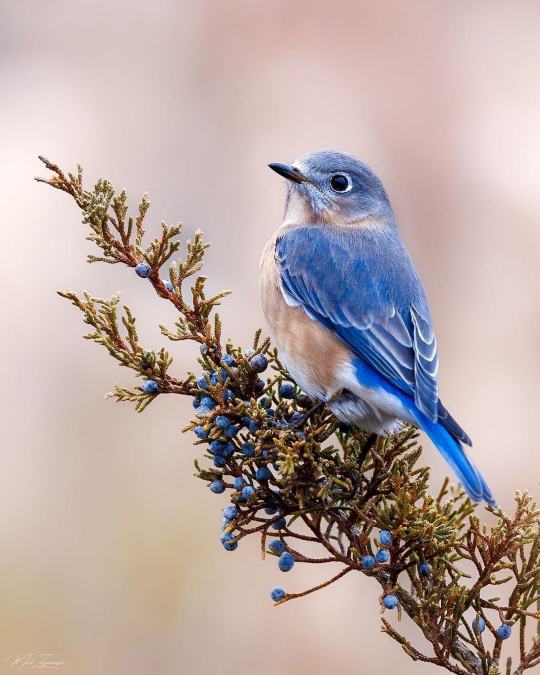Ask me what time it is. Art Blog
Last active 2 hours ago
Don't wanna be here? Send us removal request.
Text
How to Read a Scientific Article
THE THREE-PASS APPROACH
The key idea is that you should read the paper in up to 3 passes, instead of starting at the beginning and plowing your way to the end.
Each pass accomplishes specific goals and builds upon the previous pass:
The first pass gives you a general idea about the paper.
The second pass lets you grasp the paper’s content, but not its details.
The third pass helps you understand the paper in depth.
At the end of the first pass, you should be able to answer the 5 Cs:
Category: What type of paper is this? A measurement paper? An analysis of an existing system? A description of a research prototype?
Context: Which other papers is it related to? Which theoretical bases were used to analyze the problem?
Correctness: Do the assumptions appear to be valid?
Contributions: What are the paper’s main contributions?
Clarity: Is the paper well written?
Purpose of the Sections of Empirical Articles
Section — Use it for
Abstract — This is a great section to read to find out if the article will be relevant to your own research.
Introduction — This section gives you an overview of work that has been done on topics relating to the hypothesis of the article, and will often lead you to other relevant work that has been done in your area of interest.
Method — This section will help you understand the design of the experiment. This is particularly useful if you'd like to replicate the study.
Results — The results will tell you what the author/s found in the course of their experiment.
Discussion — The discussion section is typically easier to read than the method and results section, and it will help the reader understand the implications of the results of the experiment.
References — This is a great place to look to find articles that are related to the one you are reading. If you're looking to build your own literature review, the references are a great place to start.
The Anatomy of a Scientific Paper

Some initial guidelines for how to read a paper:
Read critically: Reading a research paper must be a critical process. You should not assume that the authors are always correct. Instead, be suspicious. Critical reading involves asking appropriate questions.
Read creatively: Reading a paper critically is easy, in that it is always easier to tear something down than to build it up. Reading creatively involves harder, more positive thinking.
Make notes as you read the paper. Use whatever style you prefer. If you have questions or criticisms, write them down so you do not forget them. Underline key points the authors make. Mark the data that is most important or that appears questionable. Such efforts help the first time you read a paper and pay big dividends when you have to re-read a paper after several months.
After the first read-through, try to summarize the paper in one or two sentence.
If possible, compare the paper to other works.
Write a review that includes:
a one or two sentence summary of the paper.
a deeper, more extensive outline of the main points of the paper, including for example assumptions made, arguments presented, data analyzed, and conclusions drawn.
any limitations or extensions you see for the ideas in the paper.
your opinion of the paper; primarily, the quality of the ideas and its potential impact.
The guide below details how to read a scientific article step-by-step.
First, you should not approach a scientific article like a textbook— reading from beginning to end of the chapter or book without pause for reflection or criticism. Additionally, it is highly recommended that you highlight and take notes as you move through the article.
Skim the article. This should only take you a few minutes. You are not trying to comprehend the entire article at this point, but just get a basic overview. You don’t have to read in order; the discussion/conclusions will help you to determine if the article is relevant to your research. You might then continue on to the Introduction. Pay attention to the structure of the article, headings, and figures.
Grasp the vocabulary. Begin to go through the article and highlight words and phrases you do not understand. Some words or phrases you may be able to get an understanding from the context in which it is used, but for others you may need the assistance of a medical or scientific dictionary. Subject-specific dictionaries available through our Library databases and online are listed below.
Identify the structure of the article and work on your comprehension. Most journals use an IMRD structure: An abstract followed by Introduction, Methods, Results, and Discussion. These sections typically contain conventional features, which you will start to recognize. If you learn to look for these features you will begin to read and comprehend the article more quickly.
Read the bibliography/references section. Reading the references or works cited may lead you to other useful resources. You might also get a better understanding of the basic terminology, main concepts, major researchers, and basic terminology in the area you are researching.
Reflect on what you have read and draw your own conclusions. As you are reading jot down any questions that come to mind. They may be answered later on in the article or you may have stumbled upon something that the authors did not consider. Here are some examples of questions you may ask yourself as you read:
Have I taken time to understand all the terminology?
Am I spending too much time on the less important parts of this article?
Do I have any reason to question the credibility of this research?
What specific problem does the research address and why is it important?
How do these results relate to my research interests or to other works which I have read?
6. Read the article a second time in chronological order. Reading the article a second time will reinforce your overall understanding. You may even start to make connections to other articles that you have read on this topic.
Identify Key Information
Whether you are looking for information that supports the hypothesis in your own paper or carefully analyzing the article and critiquing the research methods or findings, there are important questions that you should answer as you read the article.
What is the main hypothesis?
Why is this research important?
Did the researchers use appropriate measurements and procedures?
What were the variables in the study?
What was the key finding of the research?
Do the findings justify the author’s conclusions?
Sources: 1 2 3 4 5 6 ⚜ More: Notes & References ⚜ Writing Resources PDFs
442 notes
·
View notes
Text
new product concept. Creek Yogurt. you know what it is. CREEK YOGURT: You Fucking Bet Your Ass It Has Active Cultures
2K notes
·
View notes
Text
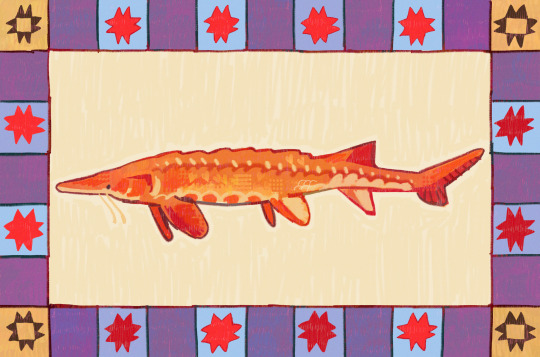
fishtober day 06:
alabama sturgeon (scaphirhynchus suttkusi)
16K notes
·
View notes
Text

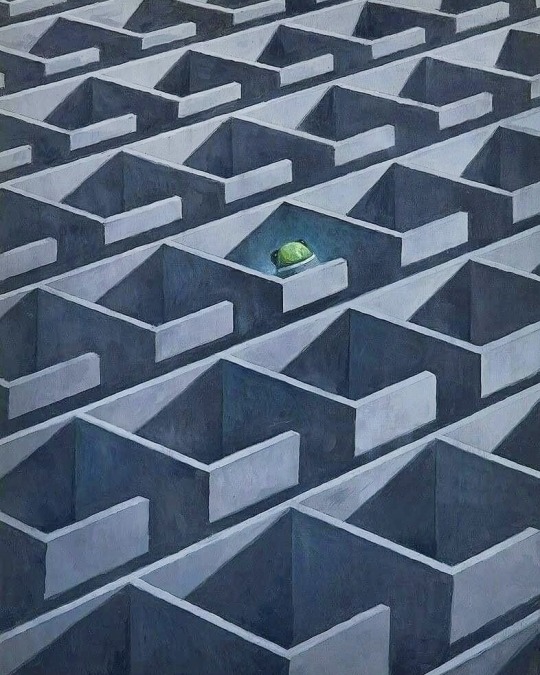
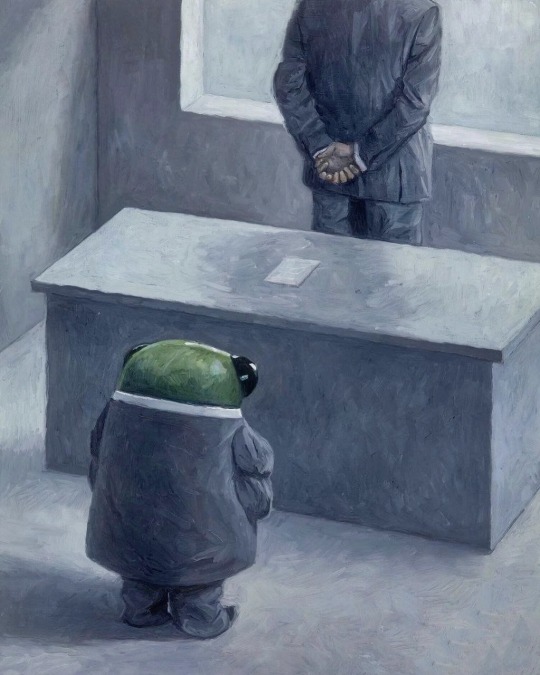
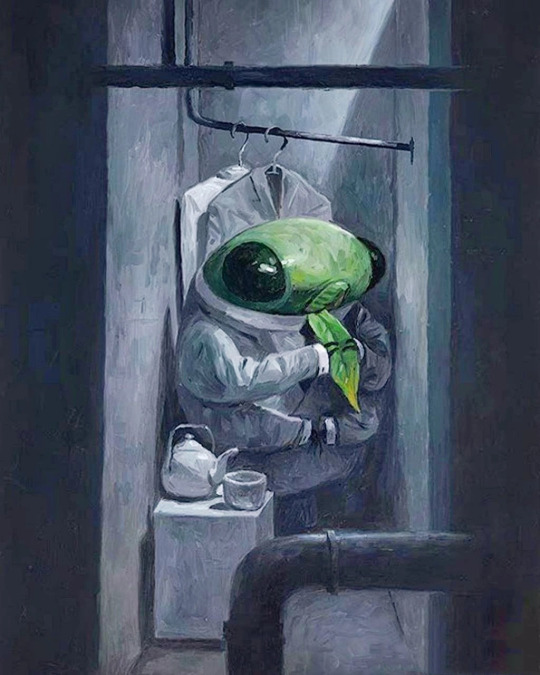



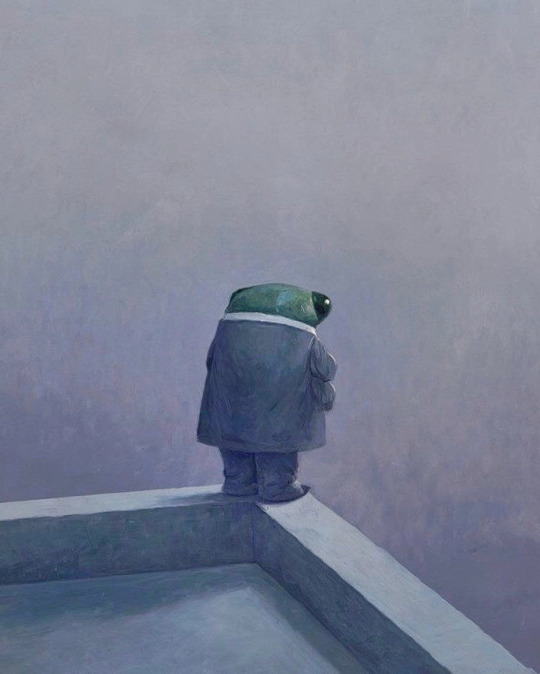
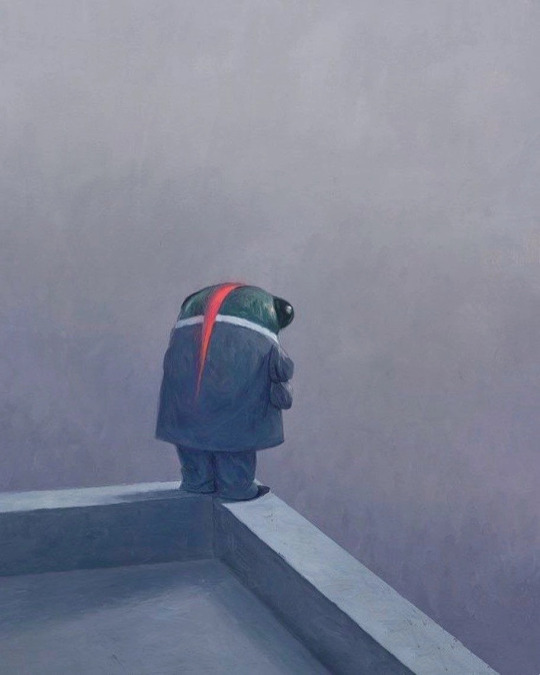


This captures something I don't think I'll ever be able to put in to words.
Oh how I love shaun tan.
13K notes
·
View notes
Text
One of my favorite things about Put Baby In Pelican Mouth is that not only does the pelican have the intelligence necessary to speak human language but also knows how to lie, suggesting it has a theory of mind, yet not enough to understand that no one is going to put baby in pelican mouth.
30K notes
·
View notes
Photo







Christmas beetles in the genus Anoplognathus, Scarabaeidae
All found in Australia
Photo 1 by bargosnows, 2 by donnamareetomkinson, 3 by dianneclarke, 4 by jessat, 5 by flecksy, 6 by dhfischer, and 7 by living_in_fng
4K notes
·
View notes
Text
fucking hate it when the stuff everybody says "actually works" does actually work.
hate exercising and realizing i've let go of a lot of anxiety and anger because i've overturned my fight-or-flight response.
hate eating right and eating enough and eating 3 times a day and realizing i'm less anxious and i have more energy
hate journaling in my stupid notebook with my stupid bic ballpoint and realizing that i've actually started healing about something once i'm able to externalize it
hate forgiving myself hate complimenting myself more often hate treating myself with kindness hate taking a gratitude inventory hate having patience hate talking to myself gently
hate turning my little face up to the sun and taking deep breaths and looking at nature and grounding myself and realizing that i feel less burdened and more hopeful, more actually-here, that i am able to see the good sides of myself more clearly, that i am able to see not only how far i have to grow - but also how much growth i have already done & how much of my life i truly fill with light and laughter and love
horrible horrible horrible. hate it but i'm gonna do it tho
246K notes
·
View notes
Text

i could write a whole book on this screenshot... on a balmy thursday, july 12, 1979, a sports arena called cornskey park, in chicago, would host one of the only disc jockeys to enter the historical record, who, after an explosion, would later spend the rest of his life apologizing for not having interrogated why disco music annoyed him so much. meanwhile, almost adjacent in space and time, a recent graduate of the art institute of chicago moved to new york to try to imitate andy warhol's imitation of henry ford's production line, having almost hit upon the thing for which he would become known. simultaneously, a real factory worker at an actual factory in kentucky had no idea she was destined to become the last craftsman in her field: manufacturing disco mirror balls. you can find the remnants of these threads at any strip mall in the midwest, tracing the implausible currents of a butterfly effect back in time to where it started. at the turntable. on the dancefloor. practically bounding off the overloaded shelves at the discount stores of whatever middle america is to crash onto the beige tiled floor below, they ask, they practically beg: do you have a cool stuff to put on shelves statue party table decoration fun paperweight holiday gift for the disc jockey in your life?
66 notes
·
View notes
Text
Give a man a horse he’ll eat for a day teach a man to horse and make him drinks water
34K notes
·
View notes
Text

My cross stitch piece is finished now
Took about 5 months! It's a gameboy cartridge circuit board
Original idea by @atelierchikiko , I got permission from them to make my own
3K notes
·
View notes
